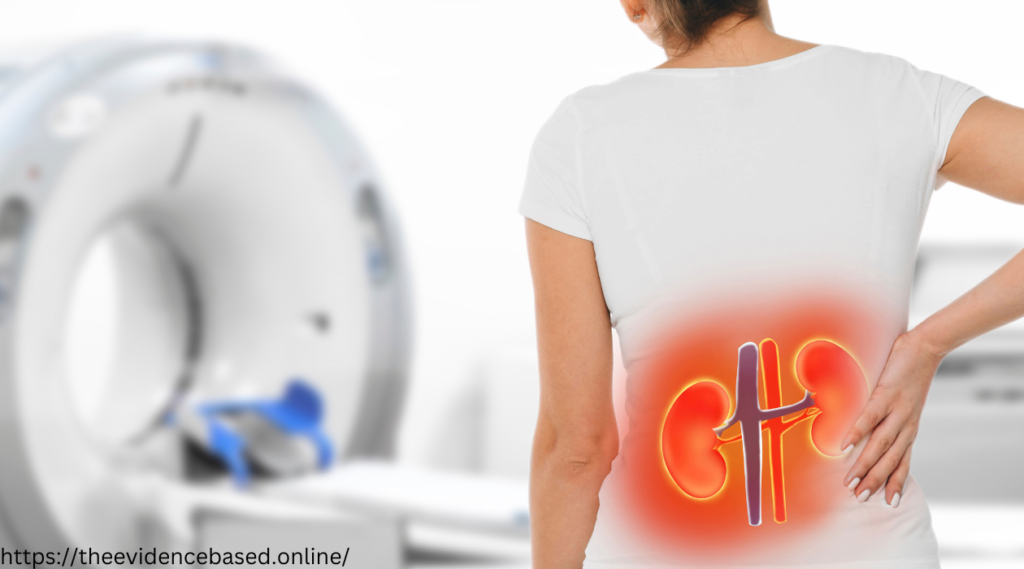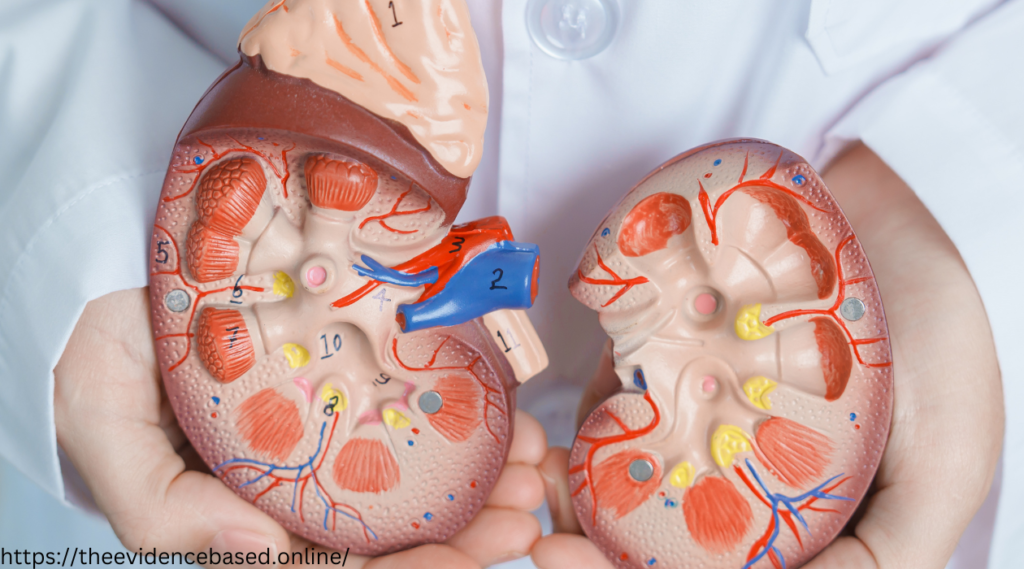Kidney stone symptoms are more than mere pebbles in your pee; they can cause excruciating pain and, in severe cases, lead to serious complications. If you’ve never experienced a kidney stone, consider yourself lucky, as approximately 1 in 11 people worldwide suffer from it. These small, hard mineral deposits form in the kidneys but can affect any part of your urinary tract. This guide will explore the different types of kidney stones, the telltale signs to look out for, what might be making you more susceptible, and how to manage and prevent them.
The Hard Distinction: Types of Kidney Stones
Understanding the composition of kidney stones is crucial, as different types may require distinct treatments and preventive measures. Here are the primary varieties of these mineral accumulations:

Calcium Oxalate Stones
Representing the most common type of kidney stone, calcium oxalate stones form when high levels of oxalate combine with calcium in your urine. Foods high in oxalate, such as chocolate, nuts, and certain green leafy vegetables, can play a contributing role.
Uric Acid Stones
Uric acid stones develop when the urine is overly acidic. This often occurs due to a diet high in protein from animal sources, which reduces the body’s ability to eliminate uric acid.
Struvite Stones
Struvite stones can form as a result of an infection, typically in the urinary tract. They grow quickly and, if not treated, can become quite large, causing serious infections.
Cystine Stones
Cystine stones are rare and linked to an inherited disorder that causes the kidneys to excrete too much of certain amino acids.
Every person’s kidney stone experience can vary based on these compositions, so understanding the type is key to effective management.
Common Symptoms That Hit Hard
Kidney stones don’t come quietly; their symptoms can ambush you with intense waves of pain, incapacitating you. The most common indicators include:
Intense Pain in the Back or Side
This is often referred to as “renal colic,” a severe pain caused by stones in the urinary tract. The pain can be so severe that it often is diagnosed and treated as acute abdomen pain.
Painful Urination
Passing a kidney stone is known to be more uncomfortable than childbirth, which is saying something. It might come with a burning sensation and an urgency to urinate.
Blood in Urine
Known as hematuria, this symptom can be a telltale sign of kidney stones but can also signal other urinary tract problems.
Nausea and Vomiting
The intense pain of kidney stones can elicit a nauseating response, often leading to vomiting in severe cases.
Persistent Need to Urinate
Even after you’ve emptied your bladder, the kidney stone-related inflammation can make it feel like you constantly have to go.
Identifying these symptoms warrants immediate medical attention, as prolonged discomfort can lead to complications, including urinary tract infections and permanent kidney damage.
Peeling Back the Layers of Risk Factors
Several factors may increase your risk of developing kidney stones:

Dehydration
Not drinking enough water can lead to concentrated urine, which is a breeding ground for stones.
Family History
If someone in your family has or had kidney stones, it might mean you’re more likely to get them.
Diet High in Certain Substances
Consuming significant amounts of protein, sodium, and sugar can boost the odds of stone formation.
Medical Conditions
Certain medical conditions and treatments can raise the risk, including Crohn’s disease, hyperparathyroidism, and some seizure medications.
Identifying and managing these risks can significantly decrease your likelihood of developing kidney stones. Lifestyle adjustments and health management should always be considered when evaluating this risk.
Diagnosis and Treatment of Kidney Stones
If you exhibit symptoms, a proper diagnosis is the first step to relief. Diagnostic approaches range from non-invasive to surgical interventions:
Imaging Tests
Ultrasound and CT scans may be used to identify the size, location, and number of stones in the urinary tract.
Medications
Pain management and medications to help pass stones can ease the passing process and prevent infections.
Surgical Procedures
If a stone is too large to pass naturally, or if it’s causing complications, it might need to be removed surgically.
Understanding the extent of the problem and the best way to address it will be a collaborative effort between you and your healthcare provider.
Prevention Tips to Taking Control
Taking a proactive approach to your kidney health can go a long way. Here are strategies you can employ to decrease your risk:
Stay Hydrated
Drinking plenty of water can dilute the substances in your urine that lead to stones.
Balanced Diet
Adopting a diet that’s low in salt and animal protein while keeping your calcium intake steady can support kidney health.
Regular Exercise
Regular physical activity supports overall health and may lower your risk of kidney stones.
Incorporating these practices into your daily routine can be a powerful defense against kidney stone formation.
Early detection and efficient management of kidney stones can save you from the misery of a painful voyage. By understanding the symptoms and implementing preventative measures, the path to a healthy urinary tract becomes clearer. For those prone to these mineral miseries, knowledge truly is the best medicine.